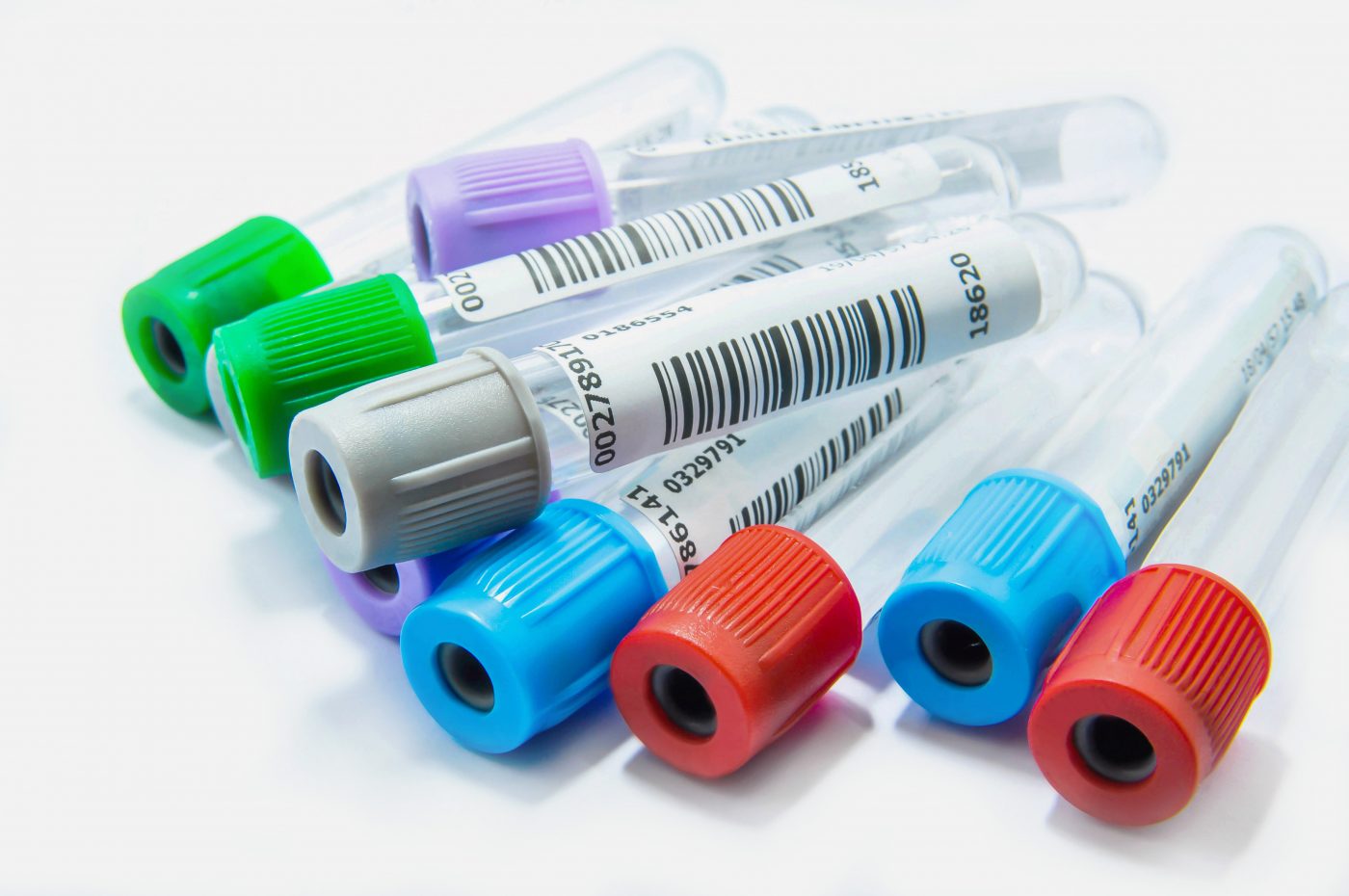Muscle Proteins May Serve as Serum Biomarkers for 3 Types of Muscular Dystrophy

Pfizer, in collaboration with Newcastle University, reports finding four serum biomarkers for three types of muscular dystrophy. The markers may be valuable for monitoring disease progression and treatment response in both preclinical and clinical studies.
Researchers analyzed previously collected serum samples from three types of muscular dystrophies — 38 Becker muscular dystrophy (BMD) and 49 Limb-girdle muscular dystrophy type 2B (LGMD2B) patients, as well as 100 serum samples from 74 Duchenne muscular dystrophy (DMD) patients. The team compared the levels of four muscle proteins found in serum between the patients and 32 control individuals. The analysis also included serum creatine kinase (CK) activity, and the AST/ALT ratio, two factors known to be increased in muscular dystrophy patients.
The study — published in the Journal of Neuromuscular Disease under the title “Muscle-Derived Proteins as Serum Biomarkers for Monitoring Disease Progression in Three Forms of Muscular Dystrophy“ — reports that levels of the proteins skeletal troponin I (sTnI), myosin light chain 3 (Myl3), fatty acid binding protein 3 (FABP3) and muscle-type creatine kinase (CKM) were higher in all three types of muscular dystrophies.
Serum biomarker profiles were also found to vary between the type of dystrophy. DMD patients had the highest levels of CK, followed by LGMD2B and BMD patients. Both AST and ALT were also higher in all muscular dystrophy groups compared to controls.
In healthy controls, the team could measure FABP3 and CKM, but the levels of sTnI and Myl3 could not always be detected. Mirroring the profile of CK levels, the concentrations of all four markers were highest in the DMD patients, followed by LGMD2B and BMD.
DMD patients who had lost the ability to walk had much lower levels of total serum CK activity and concentrations of all four muscle markers than the 46 ambulatory DMD patients. The team also found all four muscle protein biomarker and CK levels were substantially lower in the patients with cardiac symptoms. But authors said it is impossible to know whether cardiomyopathy was tied to the biomarker levels in its own right, since almost all patients with cardiomyopathy also had lost the ability to walk.
Treatment with corticosteroids was not associated with any biomarker levels, but the concentrations of all four muscle protein serum biomarkers, as well as the CK activity, was linked to lung function and functional ability. All the muscle proteins and CK also showed decreasing concentrations with age. Moreover, all four markers were elevated in two animal models of muscular dystrophy, showing the feasibility of the markers for preclinical studies.
The study suggests that these novel biomarkers can be a valuable tool for monitoring disease progression and treatment response. More studies are needed to evaluate if one of the markers, or a panel including all four, is valuable for monitoring subsets of patients or for particular treatments.







